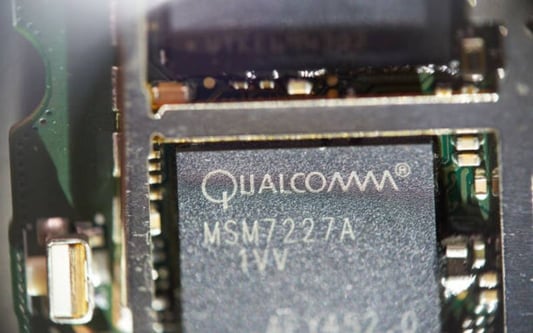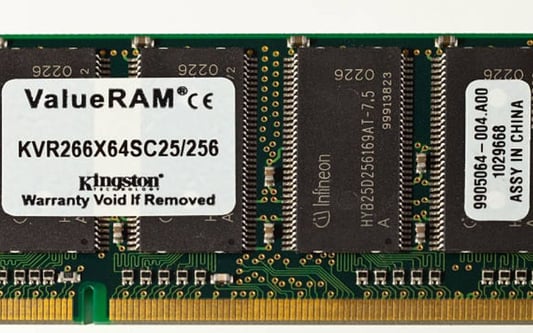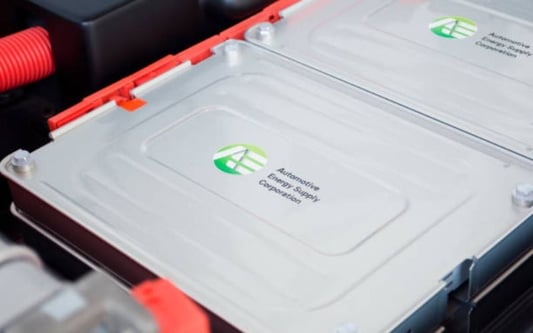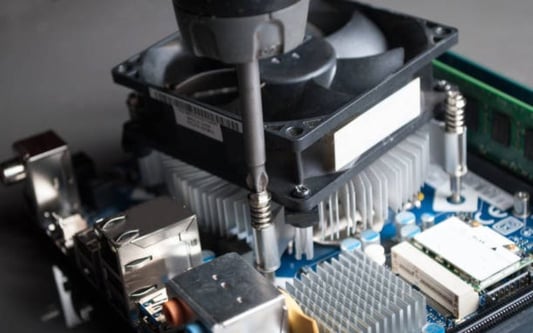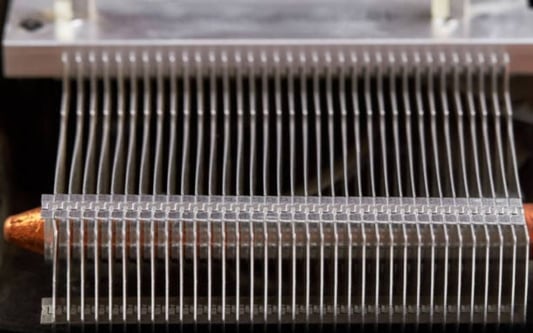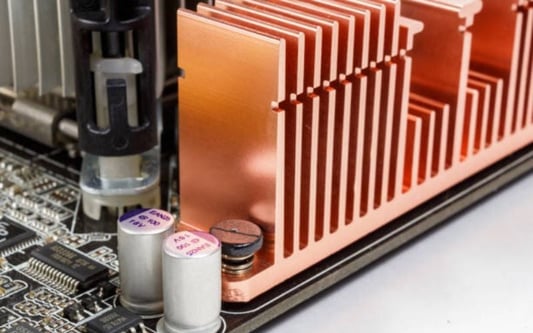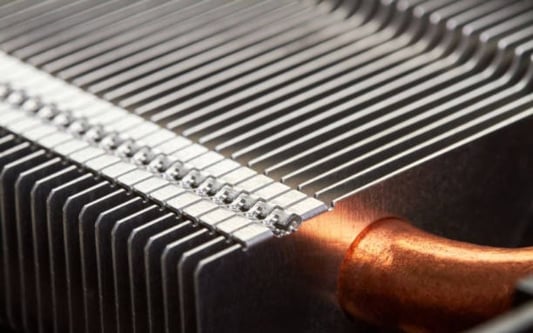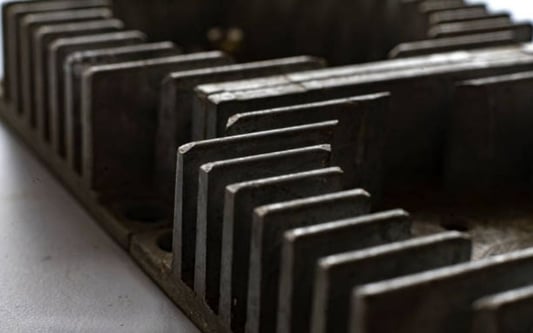Introduction: What is a liquid cooling cold plate?If you are looking for a cooling solution for your electronic devices or systems, you might have come across the term "liquid cooling cold plate." A liquid cooling cold plate is a device that removes heat from an electronic component and dissipates it to the surrounding environment using liquid as the heat transfer medium. This article will provide you with a comprehensive guide to liquid cooling cold plate, its types, applications, advantages, and disadvantages.Types of Liquid Cooling Cold PlateThere are two main types of liquid cooling cold plate: single-phase and two-phase. Single-Phase Liquid Cooling Cold PlateIn single-phase liquid cooling cold plate, the liquid remains in its liquid state throughout the cooling process. This type of cold plate is typically used for low to medium power applications. Single-phase cooling uses water, glycol/water mixtures, or other dielectric fluids to cool electronic components. The coolant flows through narrow channels of the cold plate, providing direct contact with the electronic component. Two-Phase Liquid Cooling Cold PlateTwo-phase liquid cooling cold plate uses a heat transfer fluid that changes its state from liquid to vapor during the cooling process. The two-phase cooling has higher heat transfer rates than single-phase cooling, making it ideal for high power electronics. In two-phase cooling, the coolant absorbs the heat from the electronic component and changes its state from liquid to vapor. The vapor is then directed to a condenser where it is cooled and condensed back into the liquid state.Applications of Liquid Cooling Cold PlateLiquid cooling cold plate is widely used in various applications where electronic components generate a high amount of heat. Some of the common applications of liquid cooling cold plate include:Data Centers and Server RoomsData centers and server rooms require a large amount of power to operate, which results in high heat generation. Liquid cooling cold plate can be used to efficiently cool the servers and reduce their operating temperature, resulting in enhanced performance and longer lifespan.High-Performance ComputingHigh-performance computing systems such as supercomputers, aeroacoustics, and CFD simulations generate large amounts of heat. Liquid cooling cold plate can be used to dissipate the heat and maintain the optimal operating temperature of the systems.Electric VehiclesElectric vehicles use high power battery systems that generate a high amount of heat. Liquid cooling cold plate can be used to efficiently cool the battery systems and extend their lifespan.Medical DevicesMedical devices such as MRI machines, X-ray machines, and CT scanners generate a high amount of heat. Liquid cooling cold plate can be used to effectively dissipate the heat and extend the lifespan of the devices.Advantages of Liquid Cooling Cold PlateLiquid cooling cold plate offers several advantages over other cooling solutions. Some of the advantages include:Efficient CoolingLiquid cooling cold plate provides more efficient cooling than other cooling solutions. It is particularly useful for applications where high power electronic components generate a significant amount of heat.No Noise PollutionLiquid cooling cold plate does not produce any noise pollution, which makes it ideal for applications where noise is a critical factor such as medical devices and recording studios.Compact DesignLiquid cooling cold plate has a compact design that makes it easy to install and integrate into existing systems. It does not take up much space and can be customized to fit specific applications.Long LifespanLiquid cooling cold plate can extend the lifespan of electronic components by maintaining an optimal operating temperature. It reduces the risk of thermal stress and prolongs the life of the components.Disadvantages of Liquid Cooling Cold PlateDespite several advantages, liquid cooling cold plate also has some disadvantages that you should consider before choosing a cooling solution. Some of the disadvantages include:Higher CostLiquid cooling cold plate is more expensive than air cooling solutions. The cost includes the cold plate, the tubing, and the coolant. However, the cost can be justified by the enhanced performance and longer lifespan of the electronic components.Installation ComplexityLiquid cooling cold plate requires additional components such as tubing, coolant, and pump, making the installation process more complex than air cooling solutions.Potential for LeakageThere is a risk of potential leakage in liquid cooling cold plate. This risk can be mitigated by properly designing and installing the cooling system.ConclusionLiquid cooling cold plate is an efficient and reliable cooling solution for electronic components that generate a high amount of heat. It offers several advantages over other cooling solutions, including efficient cooling, compact design, and long lifespan. However, it also has some disadvantages, including higher cost and potential for leakage. Quote InquiryContact us!


